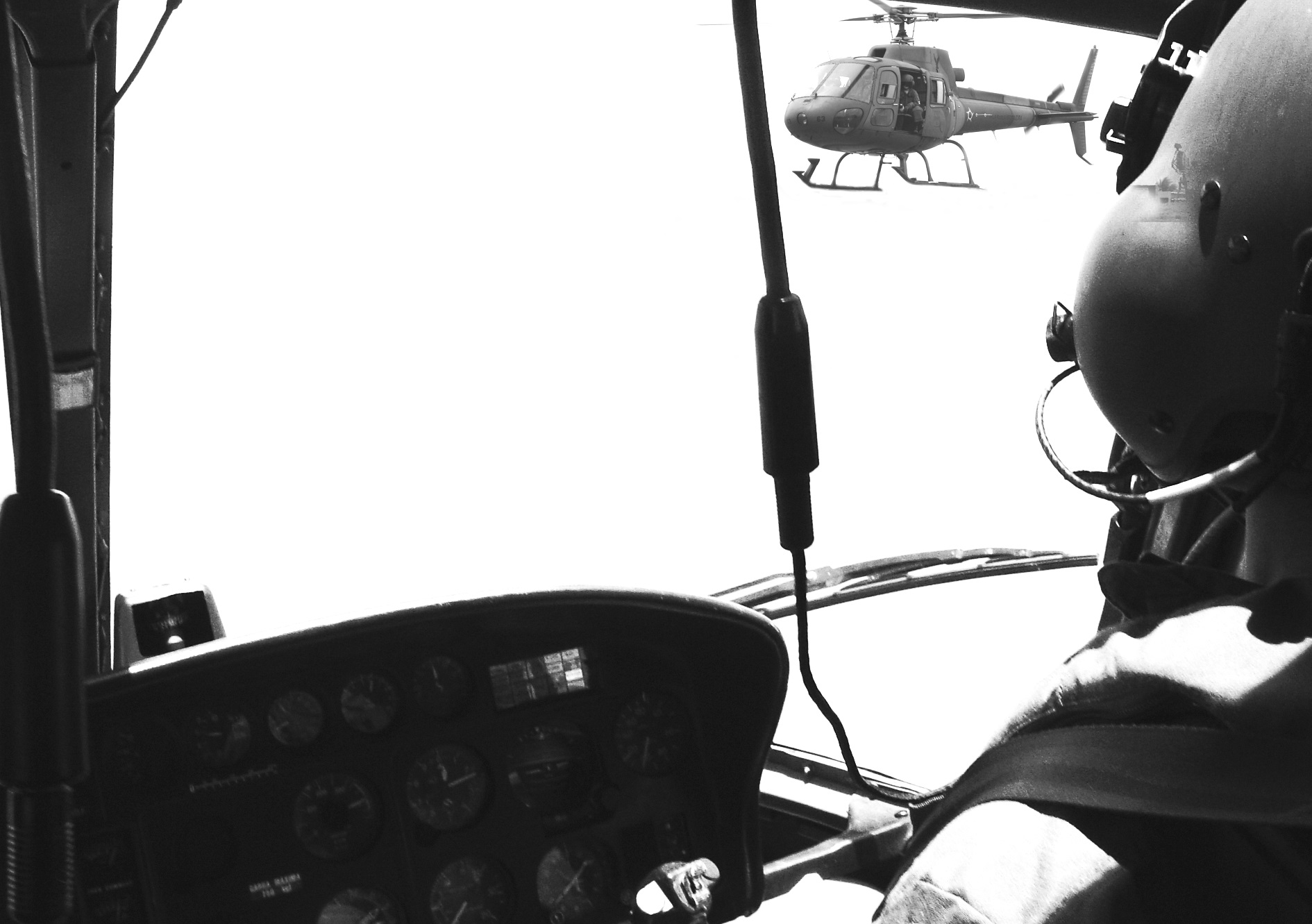The Heat Stress Impact at the Flight Instruction of the 1°/11° Squadron
DOI:
https://doi.org/10.22480/revunifa.2010.23.604Keywords:
Heat stress, Thermal comfort, Performance, CorrelationAbstract
It was observed that the helicopter pilots in graduating at the First Squadron of the Eleventh Aviation Group (1st/11th GAV)
returned from flight with intense sweating, symptoms of physical fatigue and wheezing. Subjectively, many pilots ascribed a reduction in performance because of the effects of heat on cabin. To verify the scientific basis, this work was performed to investigate the influence of heat stress on performance of pilots in training. Thus, this work was conducted in two phases: the first one based on the presentation of concepts proposed by the theoretical framework and the second one in field research, where data were collected through a questionnaire, meteorological records and flight data. The obtained data were analyzed from the viewpoint of the concepts presented and by calculation of statistical correlation. In this work, we could check signs of physiological order compatible with the condition of thermal stress and environmental conditions of the flight deck of the helicopter H-50 Esquilo, in-flight instruction given by 1st/11th GAV, are outside the range of thermal comfort. After the correlation of the variables involved, it was found that 61% of pilots had their performance in-flight negatively affected by heat stress, yet at low intensity.
References
AMERICAN SOCIETY OF HEATING, REFRIGERATING AND AIR-CONDITIONING ENGINEERS, INC. Handbook of
fundamentals. Atlanta, [s.n.], 2005.
AMERICAN SOCIETY OF HEATING, REFRIGERATING AND AIR-CONDITIONING ENGINEERS INC. Thermal environmental condition for human occupancy: (ANSI/ASHRAE 55-2004). Atlanta, [s.n.], 2004.
BLOOM, B. S. Taxionomia de objetivos educacionais. Porto Alegre: Globo,1973.
BRASIL. Comando da Aeronáutica. Grupo de Instrução Tática e Especializada. Manual do instrutor de voo. Natal, RN, 2008.
BRASIL. Comando da Aeronáutica. Rede de meteorologia. Disponível em: <http://www.redemet.intraer/consulta_msg/ consulta_de_mensagem>. Acesso em: 26 abr. 2010.
BRÜEL; KJAER. Evaluation of the thermal environments in vehicles: application notes. Disponível em: <http://www.bksv. com/library/applicationnotes>. Acesso em: 22 abr. 2010.
CHIAVENATO, I. Gestão de pessoas. 2. ed. Rio de Janeiro: Elsevier, 2004.
DEHART, R. L. Fundamentals of aerospace medicine. 2nd ed. [S.I.: s.n.], [1996].
DEJOURS, C. A loucura do trabalho: estudo de psicopatologia do trabalho. 5. ed. São Paulo: Cortez, 1992.
FANGER, P. O. Thermal confort, analisys and application in environmental enggineering. New York: McGraw-Hill, 1972.
GIL, A. C. Como elaborar projetos de pesquisa. 4. ed. São Paulo: Atlas, 2002.
GUYTON, A. C.; HALL, J. E. Tratado de fisiologia médica. 11. ed. Rio de Janeiro: Elsevier, 2006.
ISO 7730. Moderate thermal environments – determination of the PMV and PPD indices and specification of the conditions for thermal comfort. Genebra, 2005.
LAKATOS, E. M.; MARCONI, M. de A. Fundamentos de metodologia científica. 6. ed. São Paulo: Atlas, 2005.
SANTOS, C. Estatística descritiva: manual de autoaprendizagem. Lisboa: Silabo, 2007.
SIMPSON, E. J. The classification of educational objectives: psychomotor domain. Illinois: University of Illinois, 1966.
STANCATO, F. Análise do ambiente térmico de cabine de aeronave. 2009. 154 f. Tese (Doutorado) - Departamento de Engenharia Mecânica, Escola Politécnica da Universidade de São Paulo, São Paulo, 2009.
STRAUB, R. O. Psicologia da saúde. Porto Alegre: Artmed, 2005.
TEMPORAL, W. et al. Medicina aeroespacial. Rio de Janeiro: Luzes, 2005.

Downloads
Published
Issue
Section
License
Copyright (c) 2010 Plínio da Silva Becker

This work is licensed under a Creative Commons Attribution-NonCommercial 4.0 International License.
Revista da UNIFA permite que o (s) autor (es) mantenha(m) seus direitos autorais sem restrições. Atribuição-NãoComercial 4.0 Internacional (CC BY-NC 4.0) - Revista da UNIFA é regida pela licença CC-BY-NC








